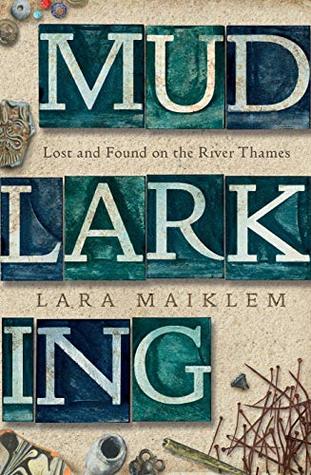More on this book
Community
Kindle Notes & Highlights
by
Lara Maiklem
Read between
February 18 - March 16, 2021
As the biographer Colin Franklin put it in his book about private presses, Cobden-Sanderson believed ‘books could reduce God to a page of visible type, as sunlight on a still morning showed the river in His form’.
Cobden-Sanderson wrote in his journal on 11 December 1898: ‘I must, before I die, create the type for today of The Book Beautiful, and actualise it – paper ink, printing, writing, ornament, and binding. I will learn to write, to print, and to decorate.’
The two rows of wooden posts were first noticed by a mudlark in 1993 and have been dated to the Middle Bronze Age, approximately 1500 bc.
The native Britons called their river ‘Tamesa’ or ‘Tamesis’, from the Celtic tam, meaning smooth or wide-spreading.
I have learned that the key to identifying them lies in the ‘bulb of percussion’ – a cone-shaped bulge that spreads out from the exact point where the flake is struck from the flint core.
The aromas that lift off the foreshore vary along its length. I never know if the smell will delight or offend me, or what mental switches it will flick.
It can be hard to tune in to the voices of the past when the present is so loud, but I’m a natural daydreamer and I’m practised at listening to them.
It was considered bad luck for a sailor to know how to swim and many found themselves welcomed into Davy Jones’s riverine locker sooner than they had expected.


